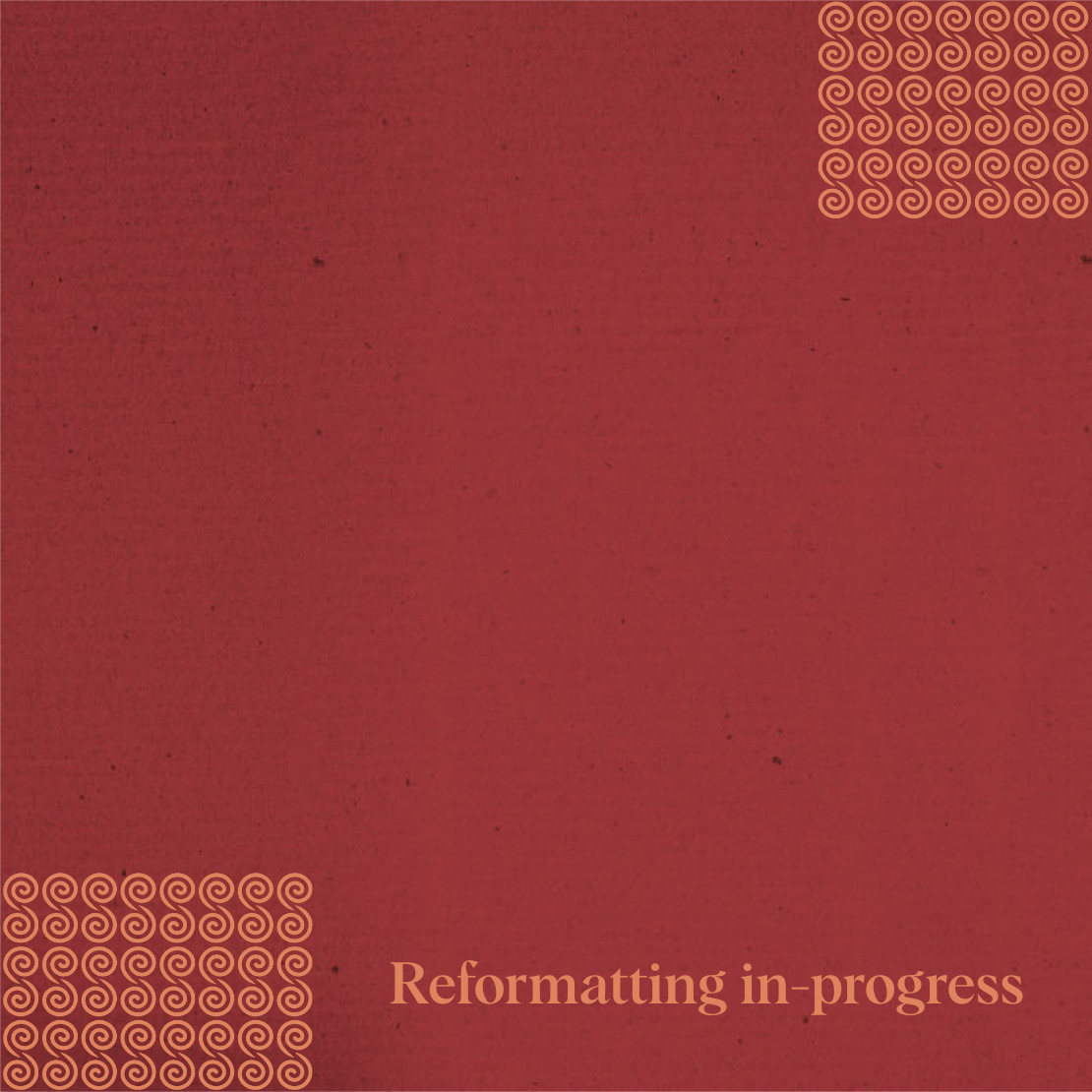Psalm 27 Overview
Welcome to the Overview of Psalm 27
This page will introduce and provide orientation to Psalm 27 as a whole. It includes the following sections:
Introduction to Psalm 27
Author:
Purpose:
- To seek and wait for YHWH
Content:
- I seek YHWH's presence to see the goodness of YHWH and to be sheltered from enemies.
Message:
- Wait courageously for YHWH! Those who seek him will see his goodness.
Psalm 27 At-a-Glance
These sections divide the content of the psalm into digestible pieces , and are determined based on information from many of our layers, including Semantics, Poetics, and Discourse. The columns, left to right, contain: the verse numbers; the main title of the section; a brief summary of the content of that section (quote marks indicate the text is taken directly from the English text of the psalm (as per our Close-but-Clear translation); and an icon to visually represent and remember the content.

Background Orientation for Psalm 27
Following are the common-ground assumptionsCommon-ground assumptions include information shared by the speaker and hearers. In our analysis, we mainly use this category for Biblical/Ancient Near Eastern background. which are the most helpful for making sense of the psalm.
- LIGHT: In the HB the LORD's face is a source of light. Psalm 27 shares key terms with the priestly blessing prescribed in Numbers 6:24, 25, which connects light (shine) with the LORD's face. Numbers 6:24ff: "The Lord bless you, and keep you; 25 The Lord cause His face to shine on you, and be gracious to you; 26 The Lord lift up His face to you, and give you peace."
- TENT: The tent is a temporary structure, the dwelling place of YHWH symbolising his presence among his people. "The tent spoken of was not the Mosaic tabernacle of the congregation--for that remained at Gibeon until Solomon removed it to the Temple (see 2 Chron. i. 3,4)–but the tent which David erected for the Ark, when he removed it to Zion (2 Sam. vi. 17)" (Perowne, 268).
- ROCK: a. "The metaphor is used with reference to the temple in Jerusalem as the place where Yahweh reveals himself as protector of his people... Within Jerusalem cult tradition, Yahweh as a ‘Rock’ was primarily a symbol of refuge, and this symbolism had its physiological pole in Mount Zion (Salvador Fernandes, 51); b. "The rock may be the rock of Araunah's threshing floor" (Perowne, 268) [from 2 Sam. 24:18-25].
- SHOUT: Acclamations often accompanied worship in the HB. The word is used of shouting, as the acclamation of a king (Numbers 23:21), jubilation at moving of the ark of covenant (1 Samuel 4:5-6; 2 Samuel 6:15)... in worship, and in feast days.
- DWELL IN THE HOUSE OF YHWH: "One of the great themes running throughout Scripture, particularly evident in the Psalms, is the desire of the people of God to dwell with God, to worship him, to know him" (Blackburn, 121)
Background Situation for Psalm 27
The background situation is the series of events leading up to the time in which the psalm is spoken. These are taken from the story triangle – whatever lies to the left of the star icon.

Participants in Psalm 27
